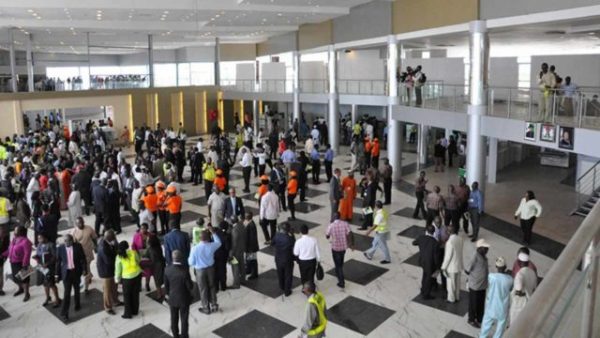Improving Service Delivery At Airports

Customer service is playing a larger role in the management of airports and has become the core value for airports. Understanding and meeting customer needs and expectations are the key to operating and managing an airport successfully. The new realities of doing business in the 21st century require airports to think holistically about the services provided to their customers. Customers have rising expectations about the services and standard of service that an airport should provide. They expect their experience to be as effortless and enjoyable as possible.
Nowadays, air travel can be challenging for passengers. From parking vehicles and checking bags to clearing security, customers want a seamless travel experience. Airports around the world are working hard to improve facilitation and bring convenience to travelers.
Recently, the Federal Airports Authority of Nigeria (FAAN) also enjoined all stakeholders within the airport community to always ensure continuous improvement in the quality of service rendered at the nation’s airport.
Technology is developing and is really being embraced by the industry to create new, innovative experiences to make the process of travelling as smooth and as fast as possible. Self-service and remote check-in are great examples of a trend that has quickly spread across the industry. Now passengers have the opportunity to check-in online before arriving and some airlines allow you to do this via their app. This helps reduce queues, and allows passengers to go straight to security if they don’t have any baggage.
To improve customer experience, strong Wi-Fi around airport is now expected from passengers. Studies have shown that 83% of passengers travel with a smartphone so they would be able to use facility to its full ability. Having Wi-Fi also equips consumers with the ability to interact with airport and airline apps, beacons and store promotions – which will enable airports to communicate with passengers on a personal level. Also, offering access to plugs and space for business passengers to do work and keep their phones or laptops fully charged is another way to improve the customer experience.
Limiting queues and optimising the security processes is a real focus as passengers are continually stressed at airport as a result of the wait time at security points. it is important for airports create activities around the airport to ensure there is something that appeals to all passengers.
Passengers often complain about not having the information, or not being updated with the changes in their flight plans. Airports and airlines need to work together to provide information such as check-in reminders and ticket confirmation. Airports also need to clearly communicate the facilities available at the airport, such as Wi-Fi, restaurants, cafes and shops. If passengers are provided with timely flight updates on their mobile phones, it would save passengers a lot of hassle and inconvenience.
Another major complain from air passengers is lack of directions and signs at airports, which confuses passengers and results in too much time wasted in finding the desired terminals and boarding gates
Improving airport design and enhancing signage should be one of the top priorities of the airport management. Airports’ need to use emotionally intelligent signs, which will assist passengers in finding their way through the airport. Airport management could introduce signs indicating walking distances from one terminal to another, length of queue, wait time for taxi and airport rules. Airlines and airport should continually work together to integrate technology and develop innovative new initiatives is being seen widely to enhance the customer experience.






